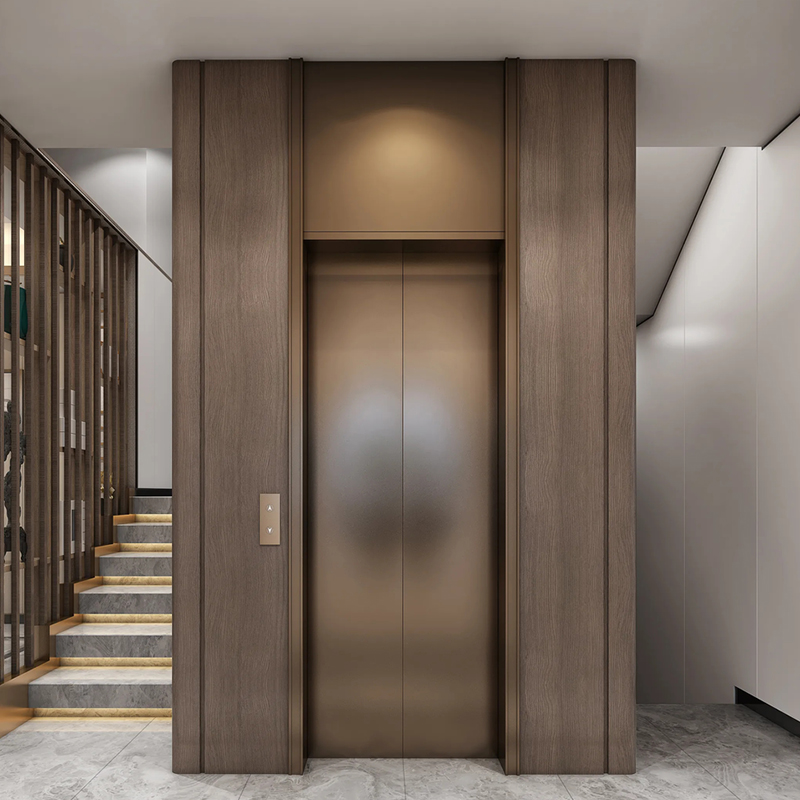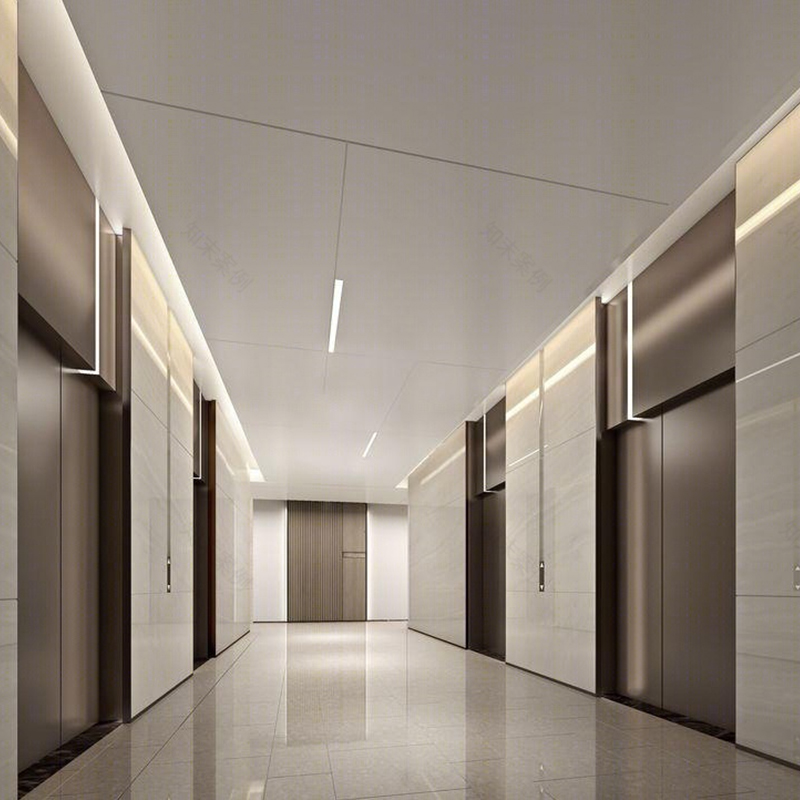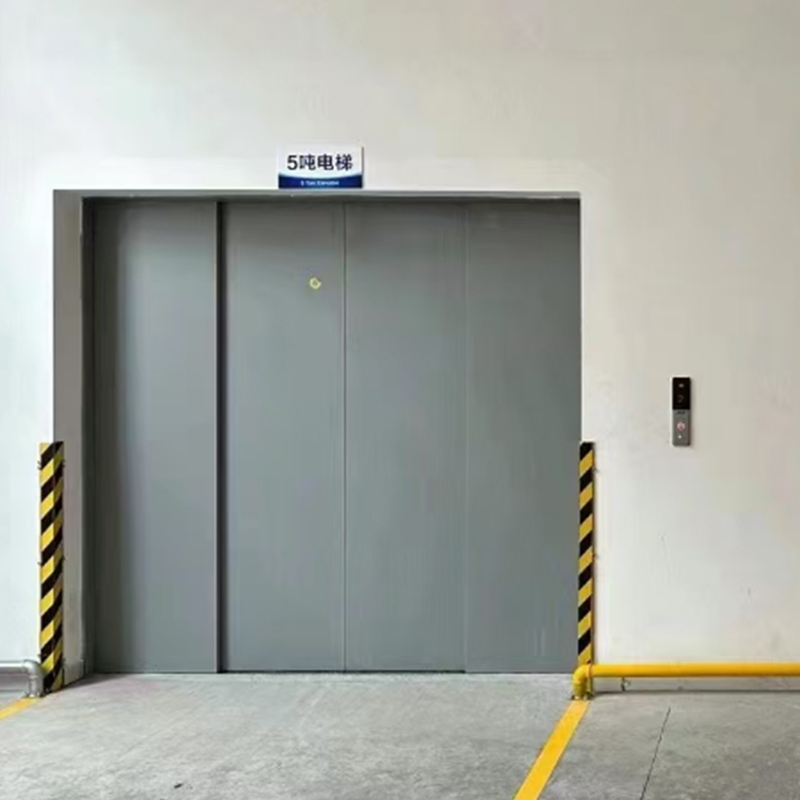
What Are the Real Costs and Benefits of a Traction Passenger Elevator?
Posted by Admin | 04 Nov
What factors influence the installation cost of a traction passenger elevator relative to the number of floors?
The installation cost of a traction passenger elevator is seldom a fixed number, because it is heavily influenced by multiple interrelated variables such as the height of travel, number of stories, structural reinforcement requirements, hoistway construction complexity, and mechanical room or machine location. As the elevator must serve more floors, the hoist cables or belts require greater length, the counterweight systems must be calibrated for heavier loads, and the support structures need higher tolerances. In addition, deeper pits, stronger foundations, and more elaborate hoistway shafts may be necessary, all of which drive up cost. The coordination with structural, architectural, and mechanical trades further adds soft costs. Thus, each added floor does not just add a linear increment in cost, but may escalate engineering, wiring, control systems, and regulatory compliance overhead.
What makes a gearless traction passenger elevator particularly appealing for mid-rise buildings?
In mid-rise buildings, a gearless traction passenger elevator offers an appealing balance of performance and simplicity. Because there is no gearbox between the motor and the drive sheave, the system experiences lower mechanical losses, quieter operation, smoother acceleration, and reduced maintenance points. The elimination of gearbox wear elements means fewer components subject to mechanical degradation over time, which is especially valuable in settings where maintenance budgets are moderate. Moreover, gearless systems often deliver better ride comfort and allow for more precise control over speed profiles. For a mid-rise context—say, ten to twenty stories—the gearless design can deliver high performance without forcing the project into the complexity and cost of ultra-high-rise systems.
Why might a machine room-less traction passenger elevator be a compelling design choice?
The machine room-less (MRL) traction passenger elevator paradigm has become increasingly attractive in modern buildings that aim to conserve usable floor space, reduce construction complexity, and optimize architectural layouts. By embedding the driving machinery and control systems within the hoistway itself, the need to allocate a separate machine room is eliminated. This frees up structural volume for rentable or usable space, simplifies vertical coordination, and shortens certain wiring and mechanical runs. Despite the more compact arrangement, modern designs still manage cooling, vibration isolation, and safety clearances in a robust manner. For many buildings with height limits or site constraints, MRL traction elevators strike a practical balance between performance and spatial efficiency.
How can system design optimize energy efficiency in a traction passenger elevator?
Designing an energy-efficient traction passenger elevator system demands attention to every stage of motion, from acceleration to idling, and from braking to standby. Key strategies include using counterweights tuned to match the car plus average load, regenerative drives that recover energy when the car descends, and intelligent control algorithms that cluster calls to reduce empty runs. High-efficiency motors, variable frequency drives (VFDs), and low friction guide rails further minimize parasitic losses. The use of advanced controls can put motors in standby during periods of inactivity, reduce lighting and ventilation consumption within the hoistway and shaft, and schedule maintenance during low-demand hours. All these design choices, when integrated, yield a system whose operating cost is as modest as possible over a long lifespan.
What safety features and maintenance strategies ensure reliable long-term performance of a traction passenger elevator?
A traction passenger elevator is only as good as its safety systems and maintenance regime. Essential safety features include overspeed governors, safety gear mechanisms, multiple independent hoisting ropes (redundancy), slack-rope detectors, buffer systems in the pit, door interlocks, backup power mechanisms, and real-time monitoring sensors. Preventive maintenance must encompass regular inspection of rope tension, sheave groove wear, bearing lubrication, control system diagnostics, alignment checks, and emergency system validation. Predictive maintenance based on vibration analysis, load tracking, thermography, and sensor feedback can preempt failures. A consistent schedule of inspections, timely component replacement, and adherence to code requirements ensures that the elevator operates reliably for decades with minimized disruption.
How should one choose the most suitable traction passenger elevator solution for a specific building?
Selecting the optimal traction passenger elevator solution for a building is not a simple matter of picking the highest specification but rather matching performance, cost, space, and reliability to building use and constraints. Begin with a detailed traffic analysis: estimate peak and off-peak passenger loads, elevator bank size, and waiting time targets. Evaluate building height, structural constraints, pit depth availability, and architectural flexibility. Then compare cost trade-offs between conventional vs MRL systems, geared vs gearless, and standard vs regenerative drive. Incorporate life-cycle cost evaluation rather than just initial outlay. Engage early with elevator consultants who can model ride comfort, energy consumption, noise, and serviceability. The ideal solution aligns technical performance with user experience and financial viability over the full service life of the building.
-
 Founding Road, Qidu Linhu Economic Zone, Wujiang City, Jiangsu Province, China
Founding Road, Qidu Linhu Economic Zone, Wujiang City, Jiangsu Province, China
-
 [email protected]
[email protected]
-
 +86 17701557926/+86 0512-63818375
+86 17701557926/+86 0512-63818375


 En
En English
English русский
русский Español
Español عربى
عربى






